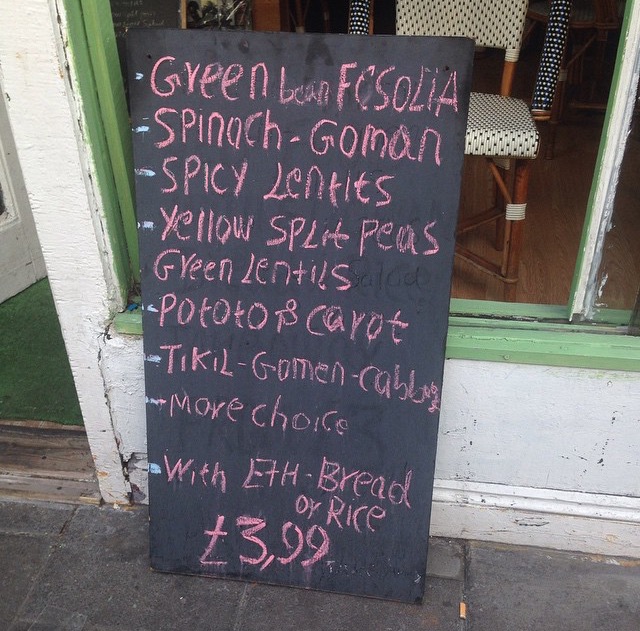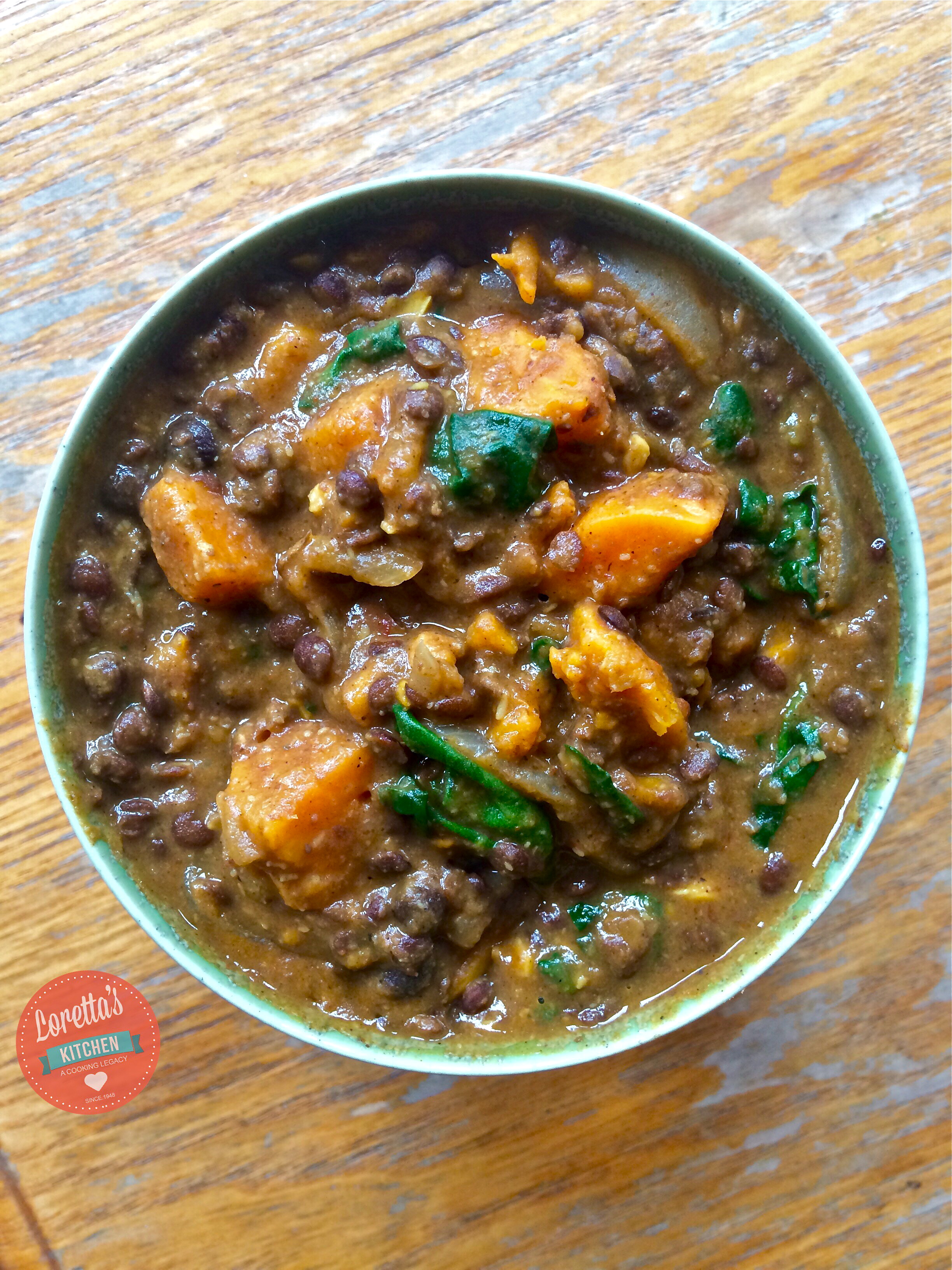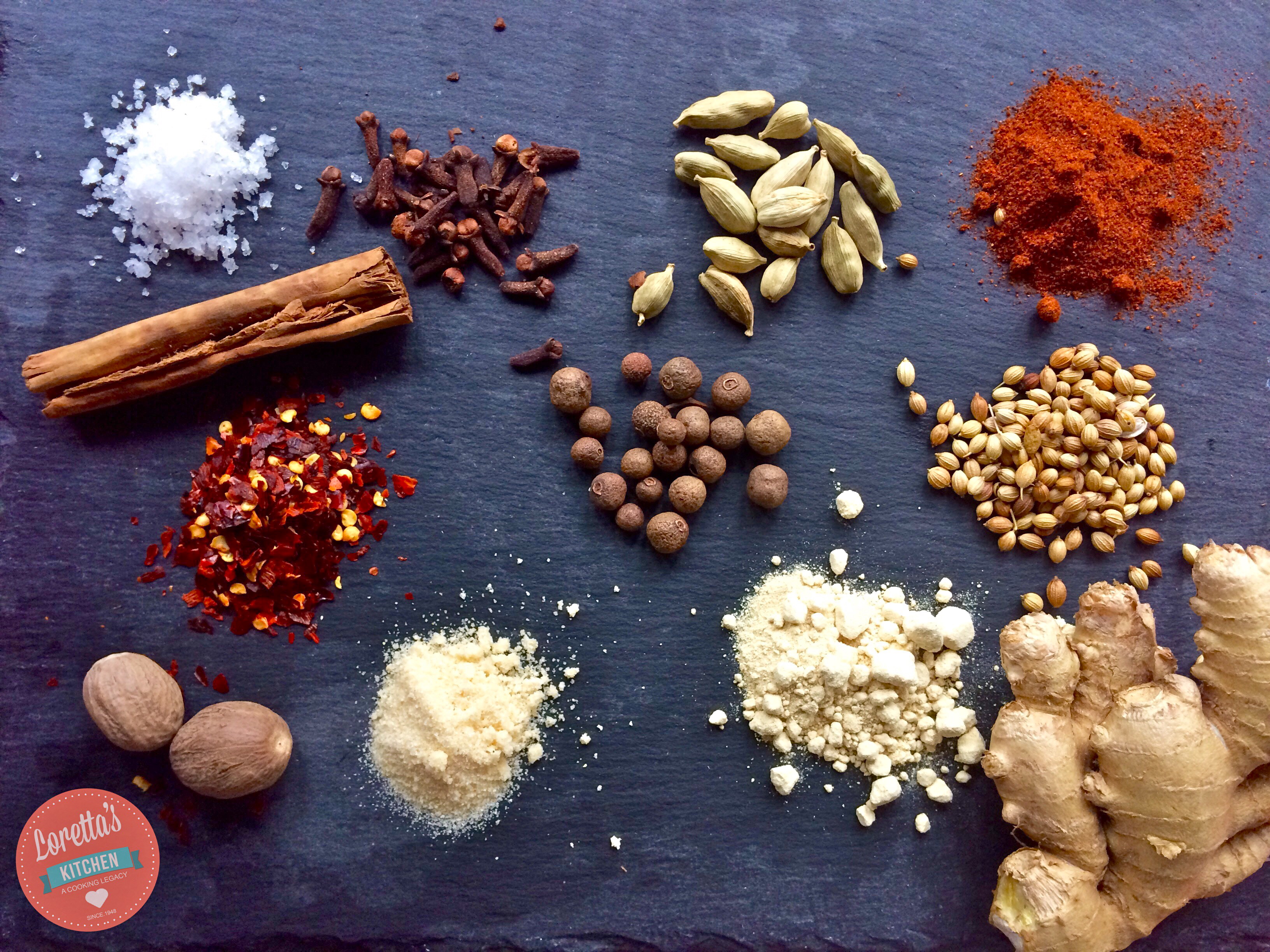If you can’t stand the heat, then you better stay out the Ethiopian Kitchen!
It’s not that Ethiopian food doesn’t have a range of mild flavoured dishes, they do, but pepper is so essential to the cuisine that to avoid it is to essentially ban yourself from the whole experience!
Ethiopian Cuisine: I haven’t tasted anything so lip-smackingly delicious in a good long time! I’m gonna be stuck on this for a while!
Ok admittedly the last time I tasted authentic Ethiopian cuisine was about a year ago where I just happened to walk by a small take away 5 minutes walk down Kingsland High Street in Dalston, London. They offer a selection of stews or ‘wots’ with a combination or rice or the infamous Injera bread, all for just £4!!

Many Ethiopian’s are Orthodox Christians who traditionally eat vegan on Wednesdays and Fridays, as well as other special days, hence why there is such a wide selection of vegan/vegetarian Ethiopian dishes.
This recipe is adapted from the more classic Misir Wot, which literally means ‘lentil stew’; I have added sweet potato, coconut milk and spinach to this mix.
This is also my first time using my new found Ethiopian spice blend home made brebere which I made virtually a few minutes before assembling this dish. I didn’t taste the stew till the very end, and when I did, let me tell you I almost burnt my mouth going for a second helping, I was surprised! With such a wide range of spices all packed in one blend, I was expecting a bitter, confused taste, instead - pure harmony, I could taste everything, not overpowering at all. So step away scotch bonnet! There’s a new kid in town!
More Ethiopian dishes to come!
INGREDIENTS 2 medium sized sweet potatoes - cut into chunks 1/2 white onion, sliced 2 large garlic cloves - crushed 1 tsp finger chopped fresh ginger 1 tbsp coconut oil - frying 1 1/4 cup green lentils - pre-cooked 1 tbsp Tomato Paste or 2 plum tomatoes (crushed) with a little juice 2 1/2 tsp of Homemade Berbere Spice 1 cup Coconut Milk 2 cups of boiling water 1 chicken or vegetable stock jelly 3-4 Pimento Seeds 1 generous handful of spinach METHODEthiopian Lentil Stew (Misir Wot)



